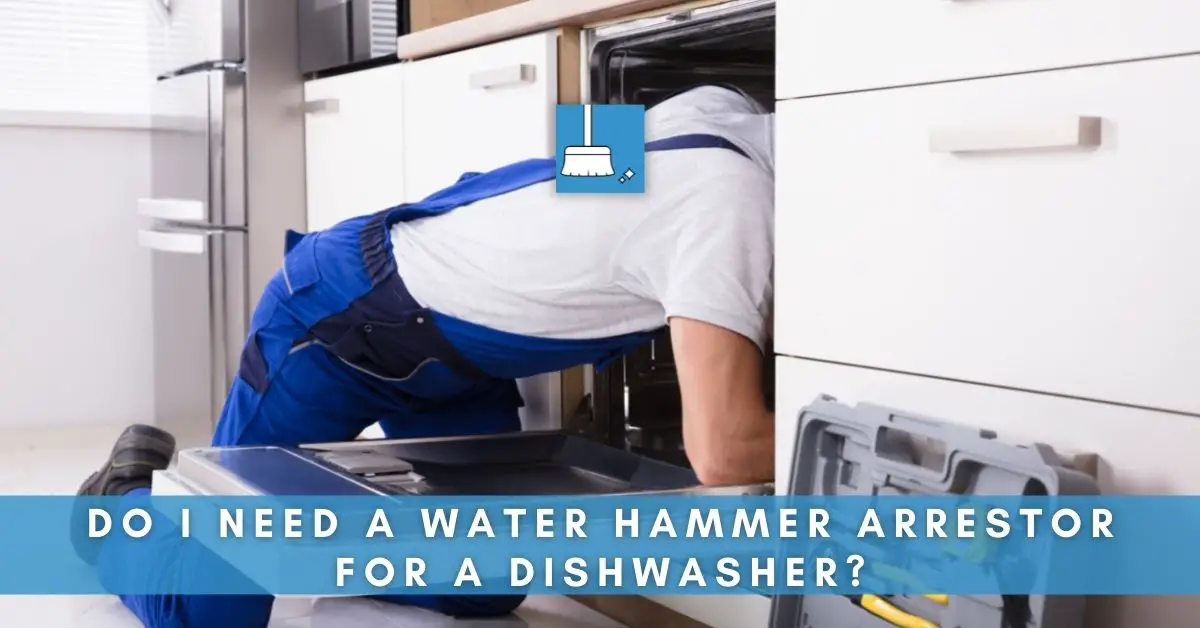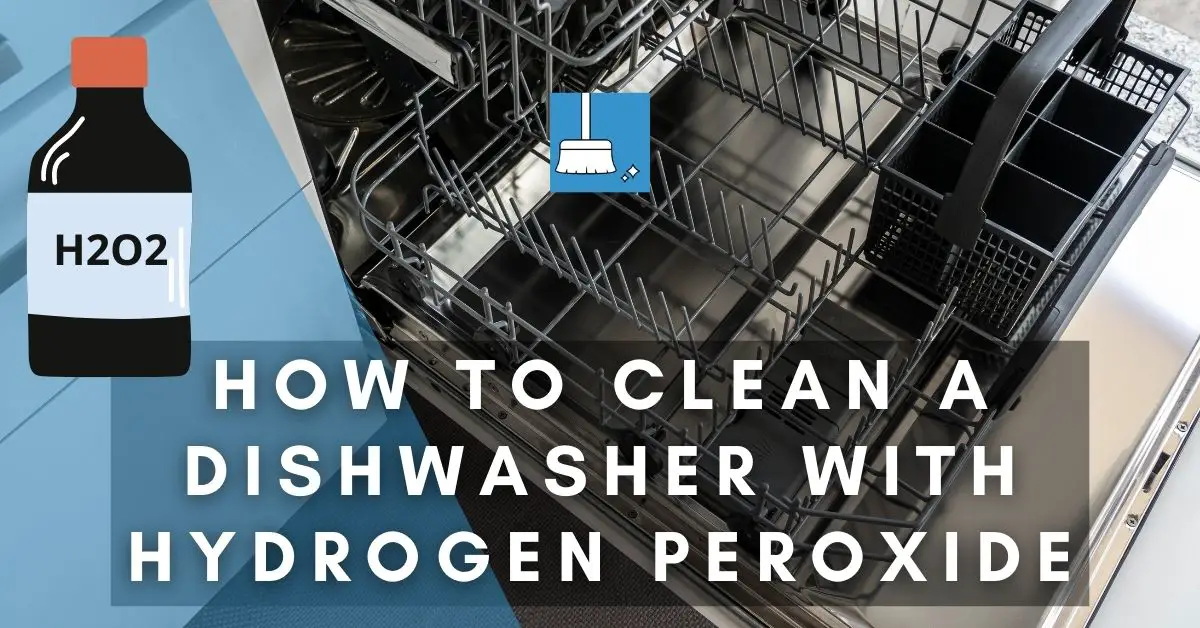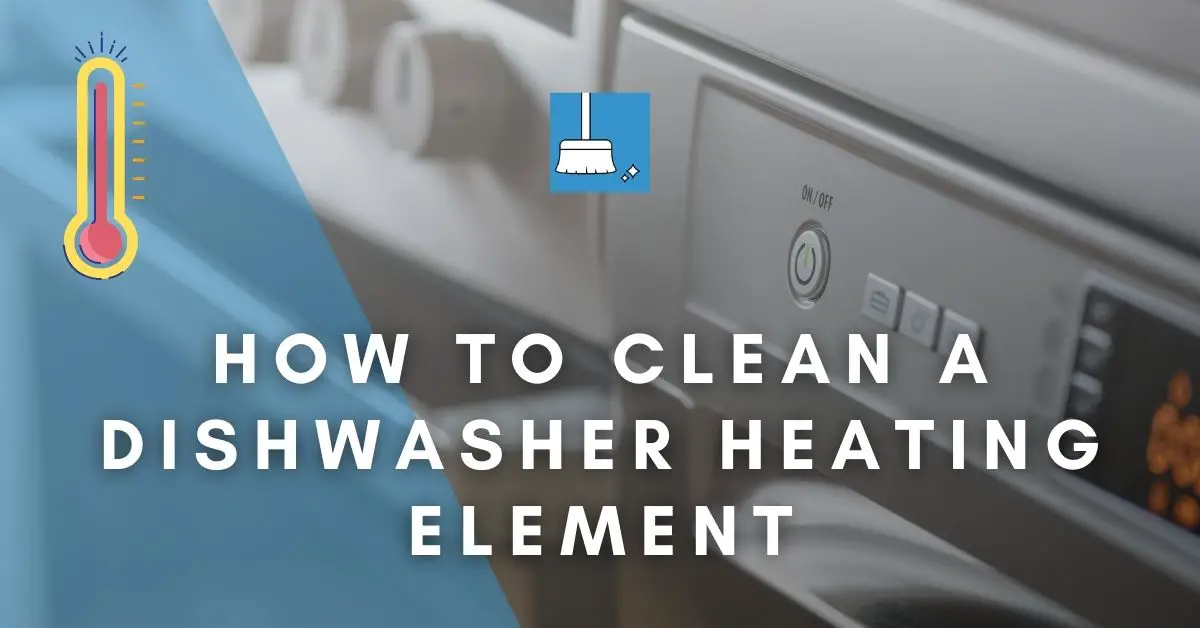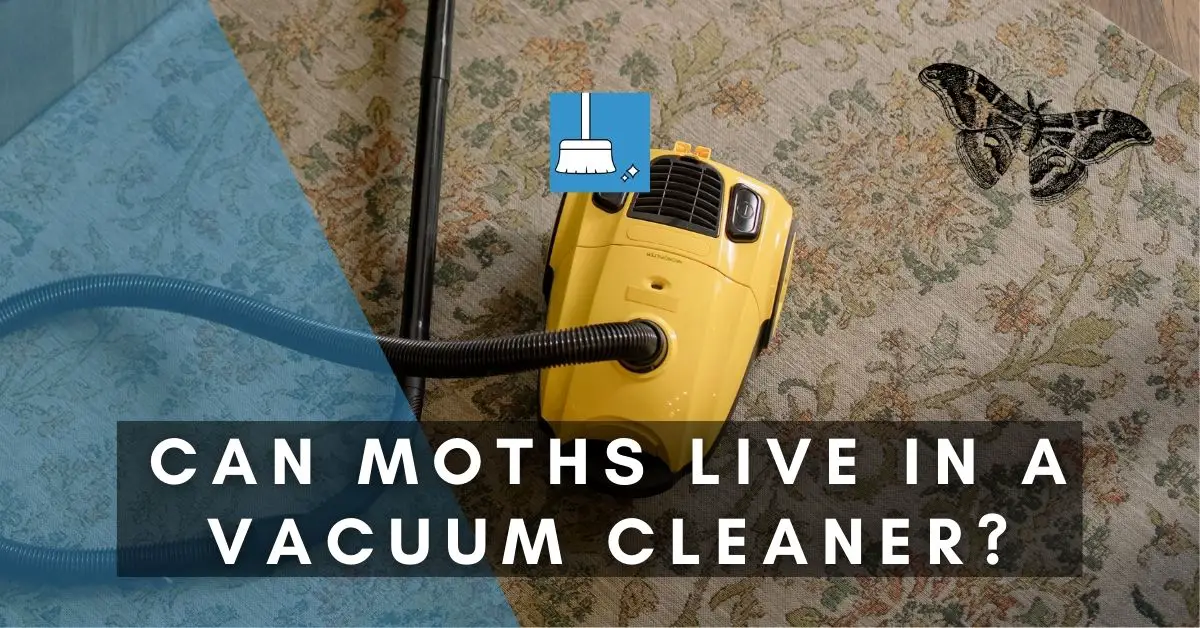It’s late at night and you suddenly hear clanging noises. Don’t be spooked.
If your dishwasher is on, it is probably the water hammer or ‘hydraulic shocks’ causing these sounds.
Read on to find out more about these hydraulic shocks and water hammer arrestors.
Do I Need a Water Hammer Arrestor for a Dishwasher?
A general plumbing rule is that water hammer arrestors are needed on appliances that have quick-closing valves such as solenoid valves. Dishwashers usually have a solenoid valve.
Other appliances which require a water hammer arrestor are washing machines, water dispensers, and refrigerator icemakers.
Dishwashers are used almost daily. If the water hammer is originating from the dishwasher plumbing, then you must investigate this and then decide on the necessary steps to take.
In this article, we will look at water hammer, the likely problems, and water hammer arrestors, particularly for dishwashers.
Reasons Why You Need a Water Hammer Arrestor for Your Dishwasher
Dishwashers are one of those few appliances which have valves that close quickly. As soon as the cycle is completed, the flow of the water stops, immediately.
This sudden stop in the water flow can damage the piping and the dishwasher, as the force in the flow of water is immense. The water hammer arrestor is used to absorb the huge impact of the water flow.
These arrestors are also ideal for steel and copper pipes. You may need an arrestor for the following reasons:
1- To prevent the dishwasher’s pipe fittings from rupturing.
2- To prevent the dishwasher’s valve failure.
3- Install an arrestor if the water pressure is more than 75psi.
These can result in water leakage, leading to repairs that can be costly. Over time, this will cause significant damage to the plumbing of the dishwasher.
Reasons Why Don’t You Need a Water Hammer Arrestor for Your Dishwasher
Try the following solutions to prevent water hammer originating from your dishwasher before installing a water hammer arrestor:
1- Install a water pressure regulator at the meter if there isn’t one already.
2- Close the dishwasher valve halfway. This will reduce the water pressure in the dishwasher.
3- You may not need a water hammer arrestor if you do not use the dishwasher daily.
If the first two solutions do not work, then you must install a water hammer arrestor to prevent damage.
The Effects of Water Hammer
The effects of water hammer can be very damaging to your pipes, especially over a long period. These damages include:
1- Leaks
Since water hammer can damage the fittings, connections, valves, and joints, water can start to leak.
You may not notice the leaks immediately, but over time, the surrounding will erode, and the equipment will malfunction.
2- Pipe Ruptures
Due to the continuous spikes in pressure, pipes can rupture, resulting in untold damage to the surrounding area and the nearby equipment.
3- Loosening of Pipes and Joints
The constant slamming force of the water will cause the pipe fittings to become loose. The pipe walls can crack as well.
4- Risk of Electrocution
If pipes are leaking and wiring is involved, there is a risk of electrocution.
Water hammer issues should be rectified immediately to avoid damages, as the costs of repairs will be high, and you may also need to replace any damaged items.
How Do I Stop the Water Hammer in my Dishwasher?
If you have water hammer issues because of the dishwasher, there are ways to resolve this:
1- Turn on the taps, starting with the one nearest the water meter. Then, turn them all off, but in reverse order. This may fix your water hammer problem, as water is drained away and air fills in the pipes.
2- Close the water intake valve of the dishwasher halfway. This however is a short-term solution.
Closing the valve midway reduces the flow of the water to the dishwasher. If the dishwasher uses a fill-timer, it will not get enough water to clean the dishes.
If dishes are not cleaned properly, open the valve slightly more.
3- Get a hose that has an increased width size. These can slow the speed of water moving through.
4- Install a water hammer arrestor. This is the best option, especially if it is a constant problem.
Where Do You Put the Water Hammer Arrestor in the Dishwasher?
Water hammer arrestors for dishwashers should be directly installed onto the valve causing the noise. They can be placed in any direction, vertically or horizontally.
YOU’LL NEED
1- Water hammer arrestor
2- Wrench or pliers
The following are steps on how to install the water hammer arrestor for your dishwasher:
STEP 1: Turn off the water supply of the dishwasher from the main supply line and turn off the valve.
STEP 2: Remove the water pipe that is connected to the dishwasher. Drain any water into a small bucket.
STEP 3: Thread the arrestor onto the valve of the dishwasher. Tighten it but be careful not to overtighten it.
STEP 4: Connect the water supply line to the water hammer arrestor. Again, tighten slightly with a wrench, but not too tight.
STEP 5: Open the valve of the dishwasher.
STEP 6: Switch the water supply back on and check to see if there are any leaks.
The 3/8″ female to male compression size is required for most dishwashers. The dishwashers usually need an AA size arrestor.
Water hammer arrestors are very effective, provided they are the right size, and correctly installed in the right place.
How to Check the Water Pressure
Before taking any steps to address water hammer issues, it is advisable to check the water pressure. Too much water pressure can cause damage to the plumbing and fixtures in your house.
You can test the water pressure twice a year and if the pressure is out of range, steps can be taken to mitigate any potential damage. All you need is a pressure gauge.
STEP 1: Ensure all faucets and appliances are off, to avoid a false reading.
STEP 2: Hook up the pressure gauge to a faucet outside your house. It should be the one closest to the meter.
STEP 3: Open the faucet all the way.
STEP 4: The ideal water pressure should be between 40 and 60 psi.
STEP 5: If the reading is below 40psi, then that means water pressure is low. You may need a water pressure booster to improve the flow of the water.
STEP 6: If it is above 80psi, then it is too high. You will need to install a water pressure regulator to keep the pressure at 75psi or below.
If you already have one installed, test it regularly as these can also fail.
How Many Water Hammer Arrestors Do I Need?
The number of water hammer arrestors you need depends on how severe the situation is. You also need to locate where the sound is coming from and accordingly install a water hammer arrestor.
They are normally installed above the valve at each fixture. A whole house water hammer arrestor can also work.
However, it is advisable to have a water hammer arrestor for each dishwasher and washing machine.
Steps to find out where to install a water heater arrestor:
STEP 1: Turn the main water supply off and open every faucet in the house. This is to drain the whole plumbing system.
STEP 2: Close the faucets and turn the water supply back on.
STEP 3: Turn the faucets on, one by one, starting from the top floor of your home. Leave on until only water comes out. Note how long the air takes to come out.
STEP 4: The plumbing fixture that takes the longest for the air to come out indicates a long path and so needs a water hammer arrestor.
The number of arrestors needed depends on the situation. If it is just one fixture that is causing a water hammer, then you just need one arrestor.
Other Ways to Reduce Water Hammer
There are ways to reduce water hammer, such as:
1- Install a water pressure regulator in the mail line which enters the house. Adjust the setting to about 50psi. Water pressure regulators also help in conserving water and your appliances will also last longer.
2- Tighten pipes that have become loose. You can add foam insulation to absorb the shock and noise.
3- Close your valves halfway, especially on the dishwasher and washing machine. Turn the water intake pipes to only halfway.
4- You can also install wider hoses on dishwashers and washing machines.
5- Replace modern mixer taps with those that slowly turn off the water instead.
6- Open all the faucets, starting from the one near the meter, and then turn them all off in reverse order. This, however, is not a long-term solution.
Types Of Water Hammer Arrestors
The following are different types of water hammer arrestors.
1- Single Water Arrestors
- Made of copper and can withstand high temperatures
- Can be used on a ½”, 1″ and 3/4″ pipes
2- Mini End Stop Water Arrestors
- Made for dishwashers and washing machines
- Can be used on a ½”, 1″ and 3/4″ pipes
- Installed at a 90⁰ angle.
3- Hose Bib-Style Water Hammer Arrestor
- Withstands high pressure and volumes of water
- Cannot fit inside a wall
Conclusion!
Water hammer can be annoying and disturbing especially if it occurs at odd hours. If the techniques outlined above do not resolve or minimize the problem, it is best to install the correct type of water hammer arrestor.
Not installing a water hammer arrestor can be disastrous as it can cause major plumbing issues, leaks, and damages to piping, walls, and appliances.
The arrestors are not expensive and are also easy to install. Consult a plumber before making any impactful decisions.





